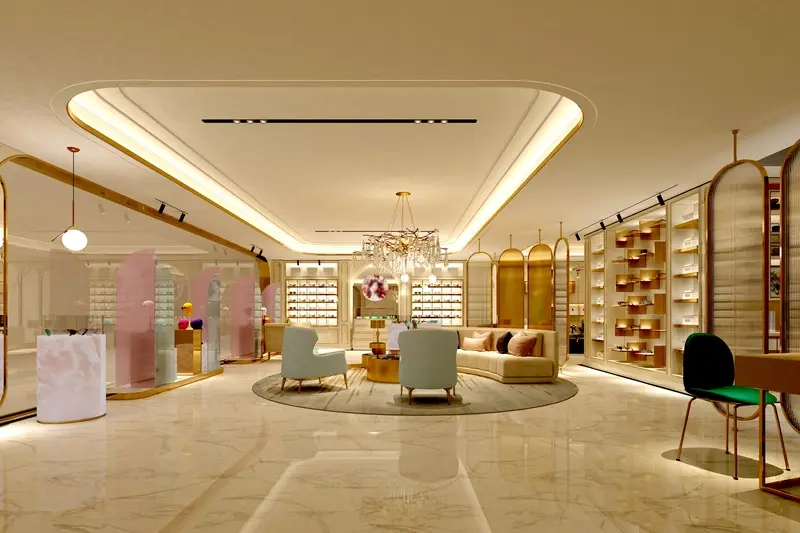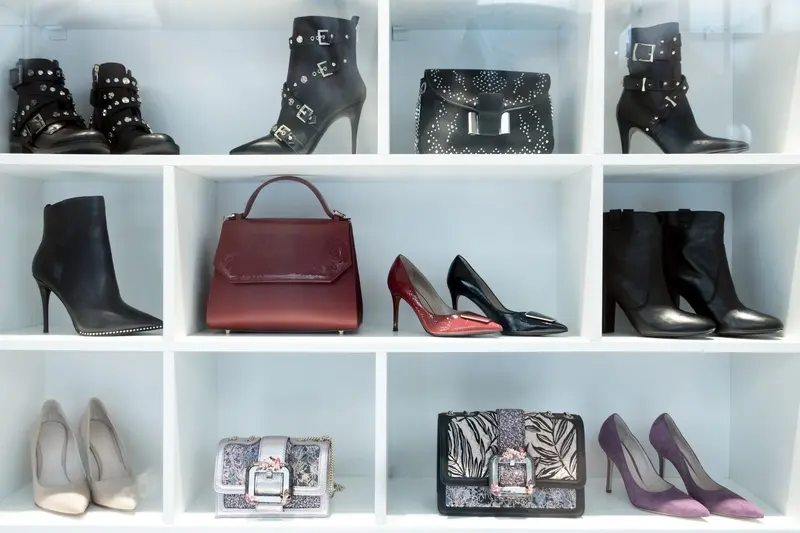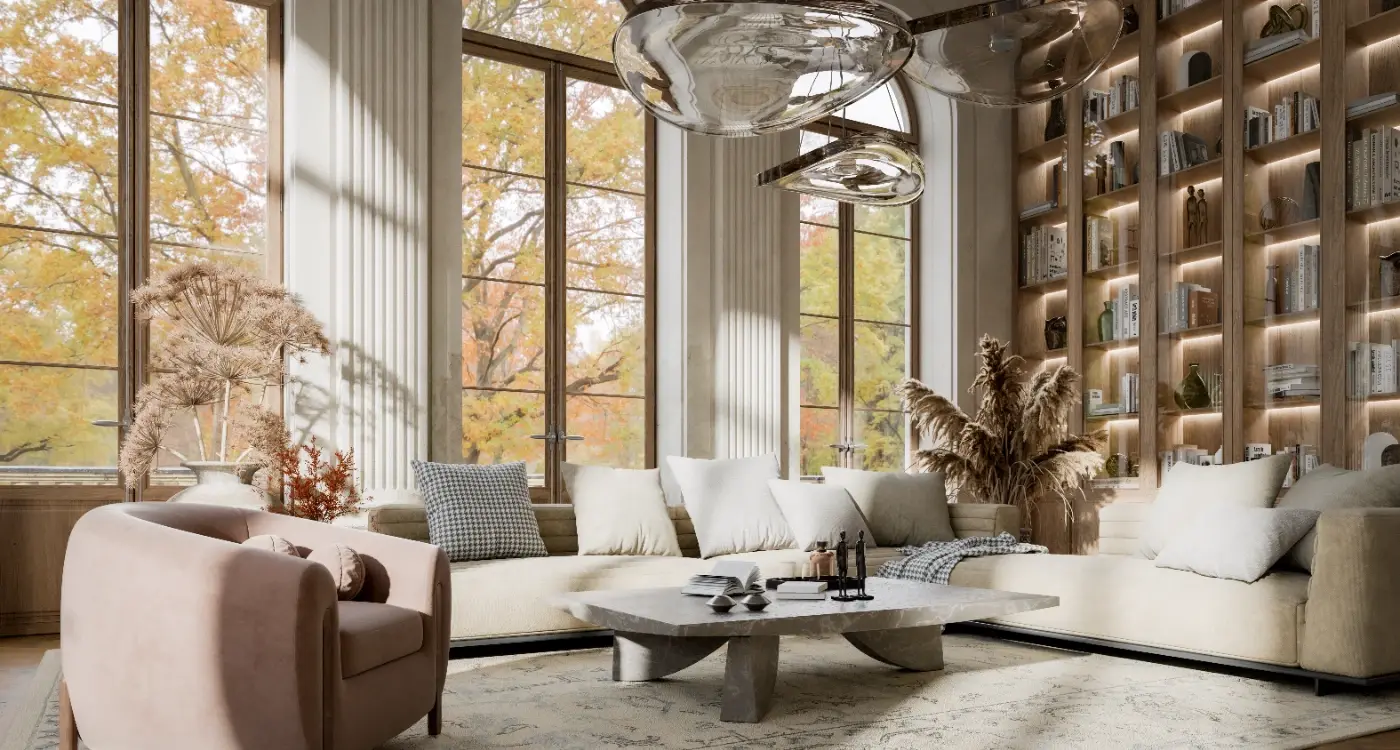How Much Should a Luxury Brand Spend on Their Mobile App?
Luxury brands spend anywhere from £50,000 to £500,000 on their mobile apps—and sometimes even more. That's a massive range, right? But here's the thing: there's actually a good reason why premium development costs vary so wildly, and it all comes down to understanding what you're really investing in.
When I work with luxury brands, they often come to me thinking app development is just about building something that looks pretty and works well. And whilst that's part of it, there's so much more to consider. You're not just paying for code and design; you're investing in your brand's digital presence, customer experience, and long-term market position.
The question isn't whether you can afford to invest in premium development—it's whether you can afford not to
The reality is that luxury brand investment in mobile apps has become less of a nice-to-have and more of a business necessity. Your customers expect the same level of quality from your digital experience as they do from your physical products. This guide will walk you through exactly what drives these costs, where your money actually goes, and—most importantly—how to make smart decisions that deliver real value for your brand.
Understanding Luxury App Development Costs
I've worked with luxury brands for years now, and one question always comes up in those first meetings: "How much is this actually going to cost?" It's a fair question, but the answer isn't as straightforward as you might think. Luxury app development sits in a different category to your standard mobile app—the expectations are higher, the features more sophisticated, and yes, the investment reflects that.
When we talk about luxury app costs, we're not just talking about coding and design. We're talking about creating an experience that matches your brand's premium positioning. This means custom animations, high-end user interfaces, advanced personalisation features, and integrations with existing luxury systems. All of these elements require specialist skills and more development time.
What Drives Luxury App Costs Higher
The reality is that luxury brands need apps that perform flawlessly. Your customers expect perfection—and that level of polish doesn't come cheap. Here's what typically pushes luxury app costs beyond standard development:
- Bespoke design work tailored to your brand identity
- Premium integrations with CRM systems and inventory management
- Advanced security features for customer data protection
- Extensive testing across multiple devices and scenarios
- White-glove support and maintenance packages
The good news? When done right, a luxury app becomes a powerful tool for customer engagement and revenue generation. The investment pays for itself through increased customer loyalty and higher transaction values.
Budget Factors That Impact Premium Mobile Apps
When luxury brands ask me about app development costs, I always tell them the same thing—your budget isn't just about the code. There are so many moving parts that can push costs up or down, and understanding these early on will save you from nasty surprises later.
The biggest factor I see affecting budgets is complexity. A simple branded app with basic features might cost one thing, but add in custom animations, advanced personalisation, or integration with your existing systems and you're looking at something completely different. Premium development means premium features, and those don't come cheap.
Key Budget Drivers for Luxury Apps
- Custom design and animations that match your brand standards
- Advanced security features for customer data protection
- Integration with existing CRM and inventory systems
- Multiple platform development (iOS and Android)
- Third-party services like payment gateways and analytics
- Ongoing maintenance and updates post-launch
Platform choice matters too. Building for both iOS and Android simultaneously costs more upfront but often makes financial sense for luxury brands who can't afford to exclude potential customers. Your timeline also plays a role—rush jobs cost more because they require additional resources.
Start with a detailed feature list and prioritise ruthlessly. You can always add features later, but removing them mid-development is expensive and disruptive to your timeline.
Brand investment in premium development isn't just about the initial build. Factor in ongoing costs for updates, security patches, and feature enhancements that keep your app competitive in the luxury market.
Investment Ranges for Different App Types
Right, let's talk numbers—because I know that's what you're really here for! Over the years I've worked on everything from simple catalogue apps to complex e-commerce platforms, and the price differences can be shocking. A basic luxury brand showcase app might start around £15,000-£25,000; we're talking product galleries, store locators, and maybe some basic personalisation features.
E-commerce apps are where things get interesting (and expensive). These typically range from £40,000-£80,000 because you need payment processing, inventory management, user accounts, and all the security that comes with handling transactions. I've seen luxury brands spend well over £100,000 when they want custom AR features or complex loyalty programmes.
Typical Investment Ranges by App Type
- Brand showcase apps: £15,000-£25,000
- E-commerce platforms: £40,000-£80,000
- Membership/loyalty apps: £25,000-£50,000
- AR/VR experiences: £60,000-£120,000
- Custom enterprise solutions: £80,000-£200,000+
These figures assume you want something that actually reflects your brand's premium positioning. You could build cheaper, but trust me—your customers will notice the difference. The investment ranges I've listed include proper testing, security measures, and the kind of polish that luxury customers expect.
Quality vs Cost in Premium Development
I've worked with enough luxury brands over the years to know that the biggest question they face isn't whether to invest in premium development—it's how much quality they can expect for their brand investment. The reality is that cheap development and luxury brands don't mix well together; your customers expect perfection and anything less damages your reputation.
When you're building an app for a luxury brand, you're not just creating software—you're extending your brand experience into the digital world. This means every animation needs to be smooth, every transition needs to feel natural, and every interaction needs to reflect the premium nature of your brand. That level of polish doesn't come cheap, but it's what separates stellar apps from so-so apps.
Premium development isn't about spending more money for the sake of it—it's about investing in the details that your customers will notice and remember
The truth is that cutting corners on development quality will cost you more in the long run. Poor performance, crashes, or a clunky user experience will drive away the exact customers you're trying to attract. Your luxury brand deserves premium development that matches your brand standards—and your customers expect nothing less.
Hidden Costs Luxury Brands Should Expect
After working with luxury brands for the better part of a decade, I can tell you that the biggest shock often comes from the costs that nobody talks about upfront. You know, the ones that sneak up on you months into development—or worse, after launch.
The Post-Launch Reality Check
Most luxury brands budget for design and development but forget about what happens next. App store fees alone can add up quickly; Apple and Google take their cut of every transaction, and if you're processing high-value purchases, that percentage starts to hurt. Then there's the ongoing maintenance—iOS updates twice a year, Android fragments across hundreds of devices, and your beautiful app needs constant tweaking to keep working perfectly.
Premium Support Comes at a Premium Price
Your customers expect white-glove service, and that extends to your app experience. When something goes wrong (and it will), you can't just point them to a generic FAQ. You'll need dedicated support staff who understand your brand values and can solve problems quickly. Security audits, compliance checks, and performance monitoring all require specialist expertise that doesn't come cheap.
The real kicker? Marketing your app effectively can cost more than building it. Getting quality downloads and engaged users requires serious investment in paid acquisition—especially when you're competing against brands with massive marketing budgets.
Making Smart Investment Decisions
Here's the thing about luxury brand investment—it's not just about having deep pockets. I've worked with brands that threw money at their app development like confetti at a wedding, and guess what? They ended up with expensive disasters. Smart investment means understanding exactly what you're paying for and why.
The biggest mistake I see luxury brands make is treating their app budget like a shopping spree. They want every single feature they can think of, right from day one. But here's what years of premium development has taught me: the smartest luxury brands start with a solid foundation and build from there. Your first version doesn't need to cure world hunger—it needs to solve your customers' main problems brilliantly.
Think Long-Term, Not Just Launch
Smart luxury brands budget for the journey, not just the destination. Your app will need updates, new features, and ongoing support. Plan for at least 20% of your development budget to go towards post-launch improvements in the first year. This isn't extra spending—it's protecting your brand investment.
Quality Over Quantity Always Wins
I'd rather see a luxury brand spend £200,000 on five perfect features than £200,000 on fifteen mediocre ones. Your customers expect excellence, and half-baked features will damage your brand faster than having fewer features done properly.
Always ask your development partner to break down costs by feature. This transparency helps you make informed decisions about what's worth the investment and what can wait.
Maximising Your App Development Budget
I've worked with enough luxury brands over the years to know that money—whilst abundant—still needs to be spent wisely. The biggest mistake I see is brands treating their app budget like a bottomless pit; just because you can afford something doesn't mean you should pay for it without thinking.
Start by getting multiple quotes from different agencies. Not to play them against each other (that never ends well), but to understand what you're actually paying for. Some agencies will quote high because they assume luxury brands have deep pockets—others will quote low to win the work then hit you with extras later.
Smart Budget Allocation
Here's how I recommend splitting your budget across the development lifecycle:
- 60% on core development and design
- 20% on testing and quality assurance
- 10% on project management and communication
- 10% contingency for unexpected changes
Getting More for Your Money
Work with agencies that offer transparent pricing from day one. Ask for detailed breakdowns of where every pound is going—if they can't explain it clearly, find someone who can. The best value comes from agencies that understand luxury brands and won't need extensive hand-holding throughout the project.
Remember: the cheapest option will cost you more in the long run, but the most expensive isn't always the best either. Look for that sweet spot where experience meets fair pricing.
Conclusion
After working with luxury brands for years, I've learned that the question isn't really how much you should spend on your mobile app—it's how much you can afford not to spend properly. Every luxury brand I've worked with that tried to cut corners on their app development ended up spending more money fixing problems later. Much more.
The truth is, your mobile app budget should reflect your brand values. If you're charging premium prices for your products or services, your app needs to match that quality. Users expect nothing less from a luxury brand; they can spot a cheap app from a mile away.
What I've found works best is treating your app budget as a brand investment rather than a cost. The brands that do this—the ones that allocate proper budgets for premium development—see real returns. Better customer engagement, higher conversion rates, and most importantly, an app that actually strengthens their brand rather than weakening it.
My advice? Start with your brand standards and work backwards to your budget. Don't start with a low budget and hope for luxury results. That's a recipe for disappointment and wasted money. Remember, in the luxury market, your mobile app often becomes the first impression customers have of your brand—make sure it's a good one.
Share this
Subscribe To Our Learning Centre
You May Also Like
These Related Guides

What Features Do High-End Customers Expect In Luxury Apps?

Should Luxury Brands Have Different App Strategies?



